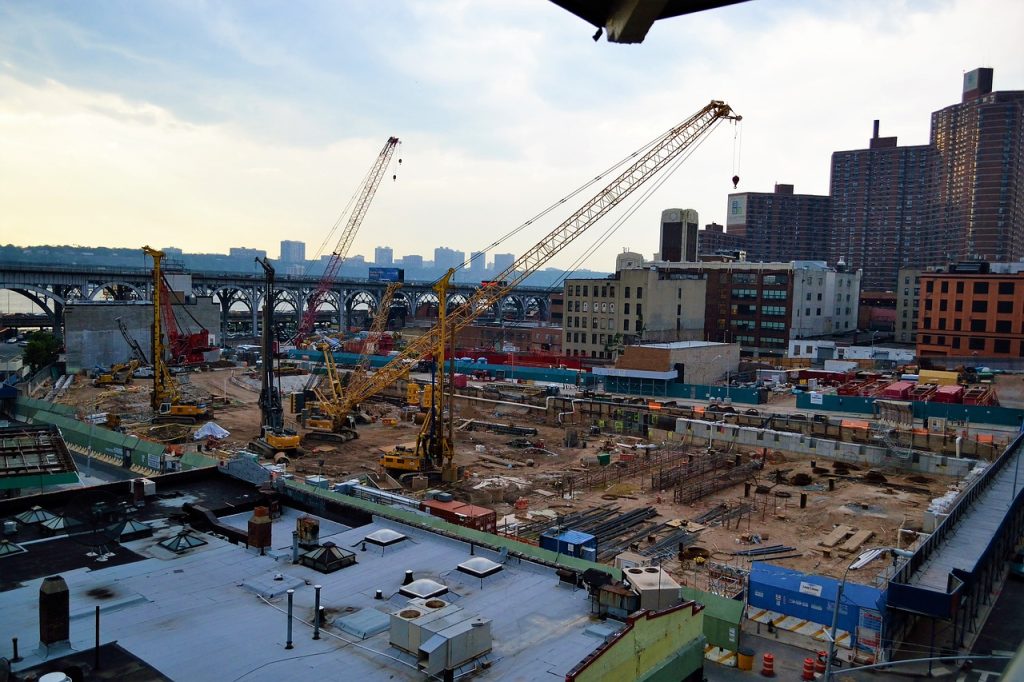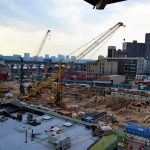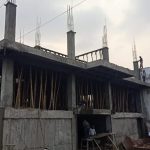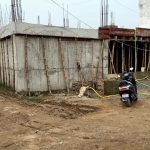Bihar had been experiencing significant growth in infrastructure development across various sectors. Infrastructure development is crucial for the economic growth and overall well-being of any region. Here are some key areas of infrastructure development in Bihar:
- Roads and Highways: Bihar has seen substantial investments in road infrastructure, including the construction and improvement of national and state highways. The development of road networks has improved connectivity within the state and facilitated transportation of goods and people.
- Bridges: Several new bridges and the expansion of existing ones have been undertaken to enhance connectivity across rivers and water bodies. The Mahatma Gandhi Setu and Kosi Mahasetu are notable examples of bridge projects in Bihar.
- Railways: Bihar is well-connected by rail, and there have been efforts to modernize railway stations, improve rail connectivity, and enhance the passenger experience. New rail projects have been initiated to further strengthen rail connectivity in the state.
- Airports: Bihar has been investing in airport infrastructure. The expansion and modernization of Patna’s Jay Prakash Narayan International Airport have been significant in improving air travel connectivity to the state.
- Urban Infrastructure: Several cities in Bihar have witnessed infrastructure development in the form of smart city projects, including improvements in water supply, sanitation, waste management, and public transportation.
- Rural Infrastructure: The state has focused on improving rural infrastructure, including roads, electrification, and irrigation facilities, to support agricultural growth and enhance the living conditions of rural communities.
- Education and Healthcare: Infrastructure development in Bihar also encompasses the construction of new educational institutions, hospitals, and healthcare facilities to improve access to quality education and healthcare services.
- Water Resources: Bihar has been working on water resource management and flood control measures, such as the construction of dams and embankments, to mitigate the impact of floods and ensure water availability for irrigation.
- Power and Energy: Efforts have been made to increase power generation capacity and improve the distribution of electricity to rural and urban areas. This includes initiatives in renewable energy sources like solar power.
- Industrial and Logistics Infrastructure: The state government has been promoting industrialization and the development of industrial parks and logistic hubs to attract investments and facilitate the growth of industries.
It’s important to note that infrastructure development is an ongoing process, and the state government, as well as central government agencies, continue to invest in various infrastructure projects to address the evolving needs of the state’s population and economy.
Please keep in mind that the status of infrastructure projects may have evolved since this was written. To get the most current information on infrastructure development in Bihar, we recommend referring to official government sources and recent news reports.




















